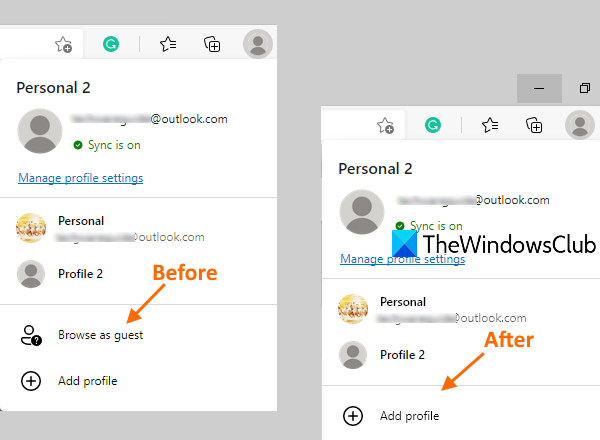


Block styles will work in tandem with this by giving us the ability to break up that large, monolithic CSS file into many smaller files – which will only be loaded when the associated block is present on the page. This reduces the number of files to be downloaded by the user’s web browser, and after it has been downloaded once, that CSS file will be re-used on subsequent pages visited.īut there are also now benefits to not bundling CSS files, since we can take advantage of parallel connections and send many files at the same time. When we build a website, all the CSS is bundled together to create a single file. WebP usage is an option in WordPress 5.8. This would provide an optimised experience for modern browsers, whilst ensuring visual continuity for older browsers. We could also do the reverse using Cloudflare Workers, and serving JPGs as a fallback.


There are alternatives if you want to benefit from WebP: 10 Degrees has previously used Cloudflare Workers or Cloudflare Polish to serve WebP images to supported browsers – by converting from JPG on the fly. So depending on your website visitor base, you may want to start using WebP, but we wouldn’t recommend it at the moment as it could leave some users with blank spaces where your images should be. WebP is getting there, but it doesn’t work on Safari, older Macs or Internet Explorer 11. JPG has almost universal browser and operating system support. As developers, we could now force WordPress to convert to WebP from JPG (saving content editors the work), but the elephant in the room is browser support. Should you be using WebP then? Well, it’s tricky, fewer image editors support saving as WebP, so content editors are unlikely to have them to hand (without using a converter). WordPress will now natively support WebP uploads to the media library and display these on the front end of the website, which means we can speed up pages without reducing image quality. WebP is a newer image format developed by Google, which offers better image compression. You already know JPG – it’s a standard image format. In WP 5.8 two changes will impact this: 1) WebP In general, website speed really comes down to one thing, send the least amount of data to convey your message. The changes we want to focus on are those that will have an impact on areas important to our clients: If you want to get really technical, then the 5.8 Field Guide is also available. There’s no need to go into all the changes in 5.8 – Kinsta has an excellent article detailing this, including a particular focus on the UI changes to the block editor. But is it ready for business clients? What’s new? This potentially hands huge power to users to change a website layout.
WORDPRESS DROPPING SUPPORT INTERNET EXPLORER FULL
In the 18 years since WordPress was released, we have moved from being able to only edit a small amount of page content, to sophisticated layouts with Block Editor (AKA Gutenberg), and are now charting a path towards Full Site Editing, where everything will be editable. The July 20th release of WordPress – named after Art Tatum – brings many new features, and continues the significant evolution of this content management system.


 0 kommentar(er)
0 kommentar(er)
